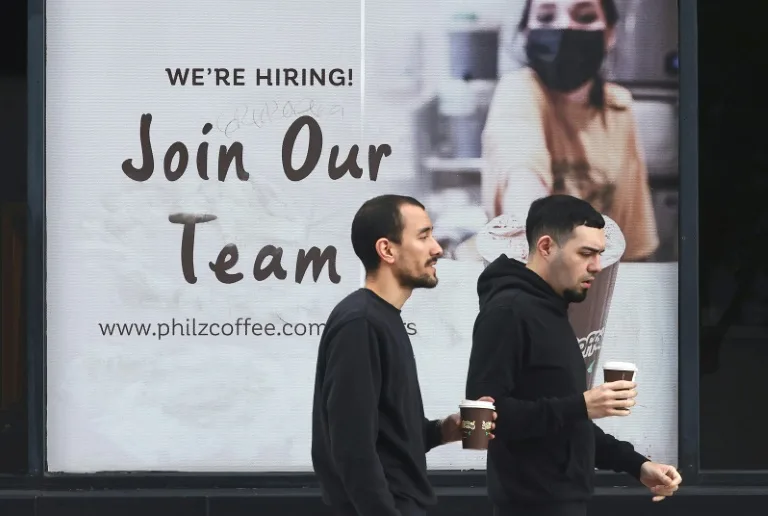Equities experienced a mixed performance on Wednesday as growing optimism about an interest rate cut by the Federal Reserve was overshadowed by concerns about the US economy.
On Tuesday, a lower-than-expected job openings report indicated that the resilient labor market was starting to weaken, following a significant decline in factory activity. This suggests that the prolonged period of high inflation and borrowing costs is beginning to have an impact.
In April, job vacancies dropped more than anticipated, reaching the lowest level since 2021 at below 8.1 million, according to Briefing.com.
These figures come just before the release of the highly anticipated non-farm payrolls report on Friday, which will provide the US central bank with a clearer picture for its upcoming policy decision.
Investors have long seen readings below expectations as a positive sign, indicating a healthy economy that is slowing down enough for the Federal Reserve to consider cutting rates. This situation, known as a “Goldilocks” scenario, has been comforting for many. However, some investors are starting to feel uneasy. Recent economic reports have caused concerns that investors are moving away from the “Goldilocks” narrative and towards a more realistic view of the slowing consumption trend. Ian Lyngen and Vail Hartman from BMO Capital Markets warned that while there is no indication of an imminent recession, the labor market may not have a smooth landing as previously thought. They suggested that the “Goldilocks” situation is gradually fading away, but it has not completely disappeared. Despite these concerns, there is an increasing expectation that the Federal Reserve will cut rates before the end of the year, with some predicting a possible rate cut in September.
“The growing evidence suggests that the Federal Reserve should commence with easing measures,” stated Ronald Temple, a strategist at Lazard.
The major indexes on Wall Street all saw gains, and Asia initially followed suit in the morning session but faced difficulties later in the day.
Sydney, Seoul, Singapore, Taipei, Manila, Bangkok, and Wellington experienced buying interest, while Hong Kong, Tokyo, Shanghai, and Jakarta suffered losses.
Mumbai rebounded by around two percent after a sharp drop on Tuesday, when it seemed that India’s Prime Minister Narendra Modi would not secure as significant an election victory as anticipated. Exit polls initially indicated a landslide win, but as votes were counted, it became apparent that he had lost his majority and would need to form a coalition government.
London, Paris, and Frankfurt all had a positive start to trading.
Crude oil prices continued to rise as investors absorbed the decision of the OPEC+ alliance, consisting of major crude producers, to gradually reduce output cuts starting in October and continuing into the next year.
The decision is being made amidst concerns about the demand for the commodity. Data shows an increase in US stockpiles, while China’s economy is still struggling due to weak consumer activity and a struggling property industry.
Here are the key figures as of 0715 GMT:
- Tokyo – Nikkei 225: Closed at 38,490.17, down 0.9 percent.
- Hong Kong – Hang Seng Index: Currently down 0.1 percent at 18,421.96.
- Shanghai – Composite: Closed at 3,087.56, down 0.1 percent.
- London – FTSE 100: Currently up 0.4 percent at 8,267.55.
- Dollar/yen: Currently up at 155.80 yen from 154.80 yen on Tuesday.
- Euro/dollar: Currently down at $1.0876 from $1.0883.
- Pound/dollar: Currently down at $1.2768 from $1.2772.
- Euro/pound: Currently down at 85.18 pence from 85.19 pence.
- West Texas Intermediate: Currently down 0.1 percent at $73.20 per barrel.
- Brent North Sea Crude: Currently down 0.1 percent at $77.41 per barrel.
- New York – Dow Jones: Closed at 38,711.29 points, up 0.4 percent.
